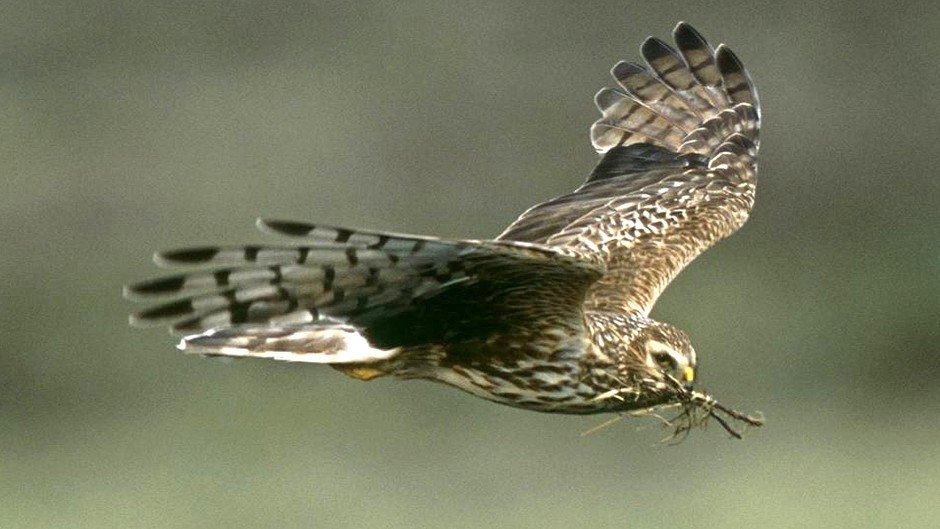Academics claim they may have a solution to the decades-long deadlock between grouse hunters and conservationists seeking to protect hen harriers in moorland areas.
Hen harriers are seen as a predatory threat to grouse populations with recurring claims that the raptors are being illegally killed to protect the lucrative stock.
In 2010, 500 pairs of hen harriers were recorded by the Scottish Government.
Last year, it reported that the species was struggling to breed with changes in land use, predation and illegal persecution behind the falling population.
Professor Steve Redpath, of the University of Aberdeen, led a study on behalf of the British Ecological Society in a bid to find a compromise between the interests of sporting estates and conservationists.
It comes as the Glorious Twelfth, the traditional start to the red grouse shooting season, gets underway today.
Prof Redpath said that both groups worked together to agree key questions on the contentious issues.
Ecologists then developed a model to explore a possible compromise solution.
Researchers found it was possible that 70 pairs of hen harriers could co-exist on grouse moors with a “relatively low cost” of grouse shooting.
Professor Redpath added that when hen harriers bred to a higher level, the excess chicks could be removed from the grouse moors, reared in captivity and then released into the wild elsewhere.
He said: “Any decision about how to use this model depends as much on politics as on science.
“However, if both sides are interested in pursuing the idea, this model provides a framework for this dialogue to take place.”
Prof Redpath said similar schemes are used in continental Europe where harriers breeding in crops are threatened by harvesting.
He added the next step was for grouse managers and conservationists to use the results of the model to agree on an acceptable number of harriers and then test the idea in a field trial.
While Prof Redpath said grouse moor management has benefits for biodiversity and for communities there was still a question as to how the illegal killing can be stopped without losing these benefits.
He said his model sought to move away from “polarised positions and lack of trust” between the competing factions in the countryside.
He said: “By involving both parties and testing the effectiveness of various solutions, ecology can help resolve wildlife conflicts – which can have dramatic impacts on people’s lives and livelihoods – worldwide.”
“Ecology has a vital role to play in understanding and tackling these conflicts by providing impartial evidence and exploring various technical solutions.”
